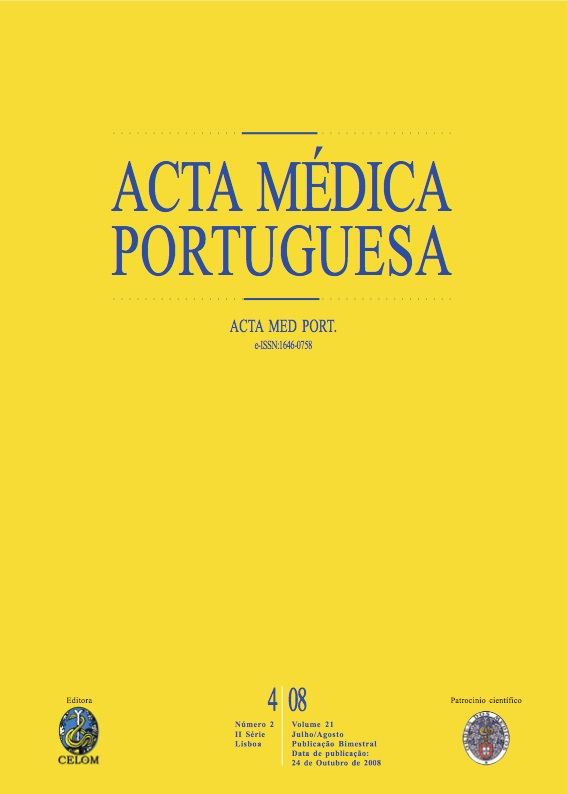Basal-like carcinoma of the breast.
DOI:
https://doi.org/10.20344/amp.793Abstract
Breast cancer presents as a heterogeneous disease, not only for the clinic and histology, but also in genetic expression profile. Studies using cDNA microarrays have recently led to the re-classification of invasive breast carcinomas, based on their molecular signature, into three main groups: luminal; HER2 (Human Epidermal Receptor 2) overexpressing, and basal-like. Although the latter group is the least prevalent it is the most aggressive one, lacking a target based therapy, since their main characteristic is being negative for hormonal receptors or HER2. So, it is of paramount importance to try to unravel their histogenic origin and characterize their molecular and immunohistochemical profiles. EGFR (Epidermal Growth Factor Receptor), which is overexpressed in a high proportion of these carcinomas, is a potential therapeutic target, and clinical trials with inhibitors of its activity may represent important advances in basal-like breast carcinomas therapy.Downloads
Downloads
How to Cite
Issue
Section
License
All the articles published in the AMP are open access and comply with the requirements of funding agencies or academic institutions. The AMP is governed by the terms of the Creative Commons ‘Attribution – Non-Commercial Use - (CC-BY-NC)’ license, regarding the use by third parties.
It is the author’s responsibility to obtain approval for the reproduction of figures, tables, etc. from other publications.
Upon acceptance of an article for publication, the authors will be asked to complete the ICMJE “Copyright Liability and Copyright Sharing Statement “(http://www.actamedicaportuguesa.com/info/AMP-NormasPublicacao.pdf) and the “Declaration of Potential Conflicts of Interest” (http:// www.icmje.org/conflicts-of-interest). An e-mail will be sent to the corresponding author to acknowledge receipt of the manuscript.
After publication, the authors are authorised to make their articles available in repositories of their institutions of origin, as long as they always mention where they were published and according to the Creative Commons license.









